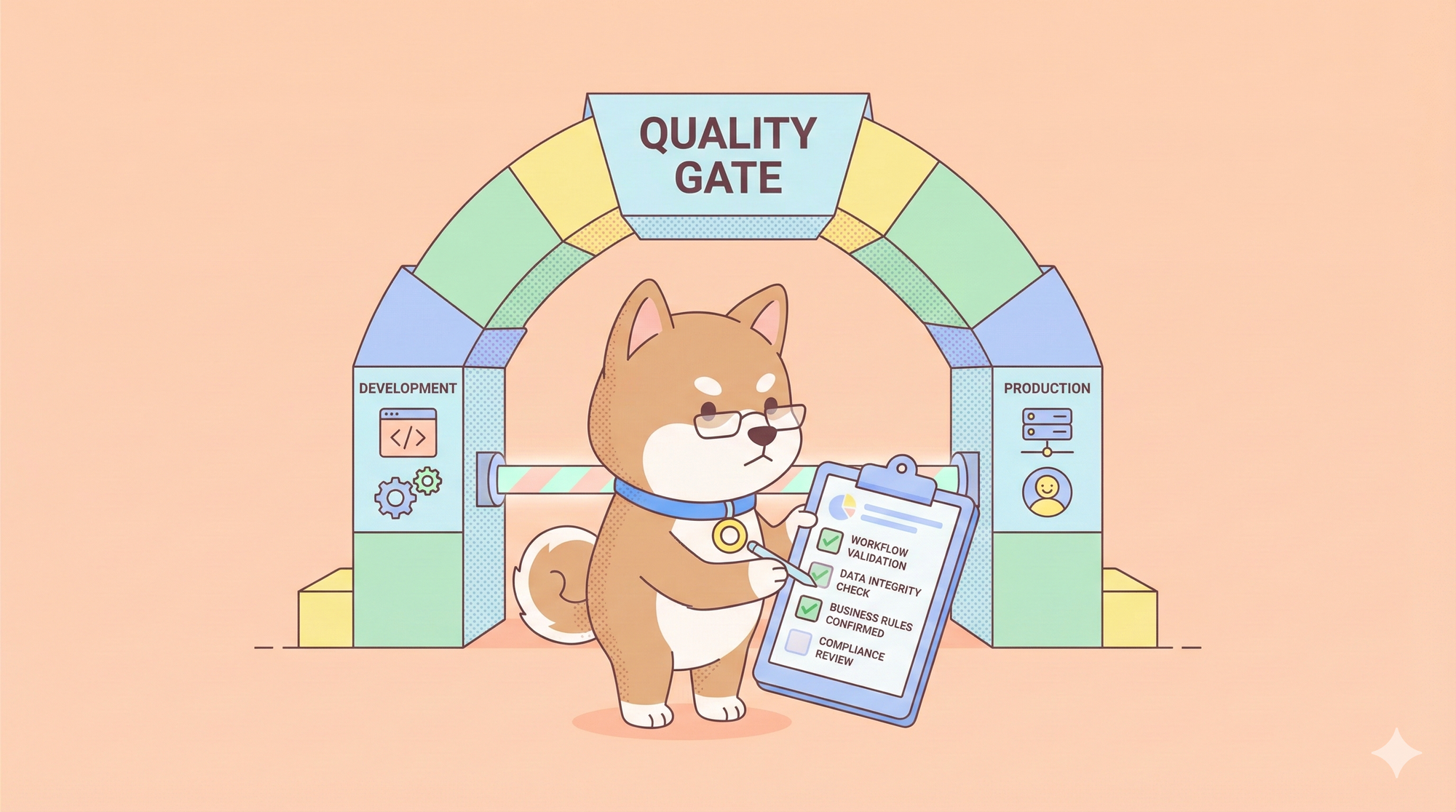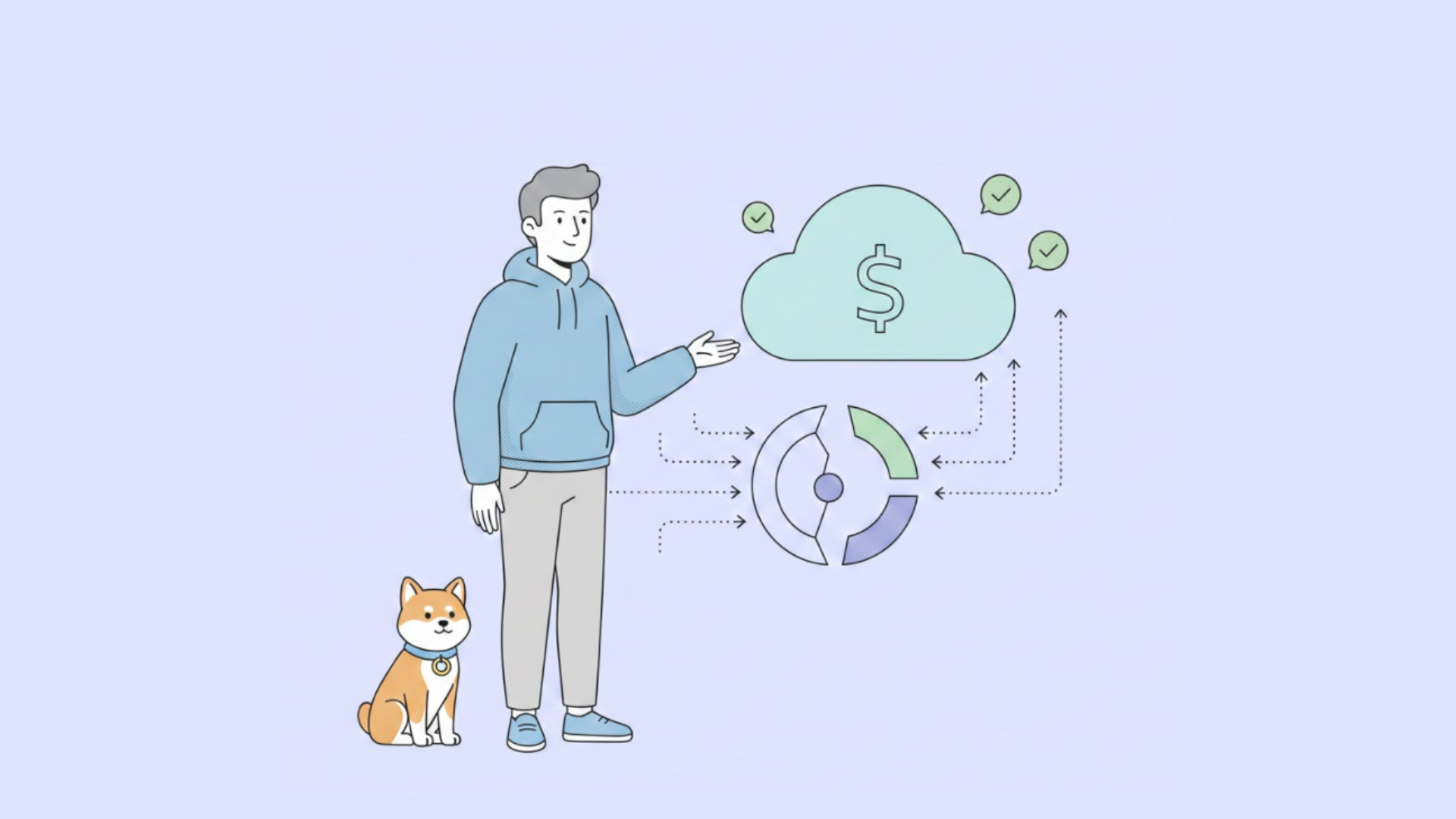Integrating ChatGPT’s capabilities into your applications can significantly enhance your workflow. Even if you don’t know how to code, it’s possible to leverage the ChatGPT API with a few simple steps. This blog will guide you through the process, making it easy to get started without any coding knowledge.
What is ChatGPT API?
The ChatGPT API, provided by OpenAI, allows you to integrate ChatGPT’s powerful natural language processing capabilities into various applications and services. This API can handle tasks such as generating text, answering questions, creating content, translating languages, and more, offering a versatile solution for developers and non-developers alike.
Why Use ChatGPT API?
ChatGPT has become a vital tool for many, assisting with writing reports, translating text, and conducting research. The web version of ChatGPT is incredibly useful, but it has its limitations. For more advanced integrations, such as creating a question-and-answer bot, the ChatGPT API is necessary.
ChatGPT API Features
The ChatGPT API allows you to integrate ChatGPT's chat capabilities into various applications and services effortlessly. This API provides functionalities like:
- Natural Language Speech Recognition: Supports multiple languages and dialects for professional speech-to-text and translation services.
- Multimodal Image Generation: Generates high-resolution images from natural language descriptions.
- Intelligent Code Generation: Quickly generates code snippets in various programming languages to aid developers.
- Content Filtering & Moderation: Reviews and filters inappropriate text, image, and video content.
- Model Fine-tuning: Adapts the model to specific business scenarios and personalized needs through continued training.
- Text Embedding: Converts input text into fixed-length word vectors for tasks like text similarity calculation and clustering.
ChatGPT API Pricing
OpenAI offers flexible pricing plans for the ChatGPT API, designed to cater to different usage levels:
- GPT-4o: $5.00 per 1M tokens (input), $15.00 per 1M tokens (output).
- GPT-3.5 Turbo: $0.50 per 1M tokens (input), $1.50 per 1M tokens (output).
- Embeddings: $0.02 to $0.13 per 1M tokens.
- Fine-tuning: Training $8.00 per 1M tokens (input), usage $3.00 to $12.00 per 1M tokens.
- Image models (DALL·E): $0.016 to $0.12 per image.
- Audio models (Whisper): $0.006 per minute.
For detailed pricing, visit the OpenAI Pricing Page.
How to Get ChatGPT API Key?
To use the ChatGPT API, you first need to obtain an API key. Here’s how:
- Prepare Your Phone with an Available Mobile Number: You need this to receive a verification code.
- Register on the ChatGPT Developer Platform: Visit OpenAI's platform, click “Sign up,” and follow the prompts to enter your email and password. Use your mobile number to receive the verification code and complete the registration.
- Generate the API Key: In the console, navigate to the API keys section, click “Create new secret key,” and save the generated key for future use.

Calling ChatGPT API in Two Steps without Code
Once you have your API key, follow these steps to call the ChatGPT API without writing any code:
Step 1: Fill in the API Key
After obtaining your API key, you can start using it in the API documentation without writing code:
- Access the API Documentation: Visit ChatGPT's online API documentation created by Apidog.
- Open the Apidog desktop: Click on "Run in Apidog" on the page, then on the pop-out window, click on "Open on desktop". This will direct you to the desktop version of Apidog(if you haven't downloaded the app yet, you need to do it first).
- Enter your API key: On one of the endpoint documents(let's use "Chat" as an example" at Apidog, navigate to "Auth" and choose Bearer Token. Then copy the previously created token and paste it on "Token" on the page. The key is saved locally, so there's no risk of being leaked.

Step 2: Call the API
- Send the Request: Click "Send" to call the API. The API response will be displayed on the page below if called successfully.

Integrating ChatGPT API in Applications
Apidog-generated documentation provides sample codes for various programming languages, making it easy to integrate API calls into your development environment. For example, integrating API debugging commands into a Python Flask application is straightforward with the provided samples.

Build API Easier with Apidog
Apidog streamlines the API development process by integrating multiple functionalities into a single platform, making it easier for developers to design, debug, test, and manage APIs. Here are the key ways Apidog simplifies the API development process:
1. Unified Platform
Apidog combines the features of Postman, Swagger, Mock, and JMeter into one tool. This integration allows developers to perform all their API-related tasks within a single environment, eliminating the need to switch between different tools and thus enhancing productivity.
2. API Design
- Visual Interface: Apidog provides a user-friendly visual interface for designing APIs, which simplifies the process of creating and modifying API endpoints.
- Schema Definitions: It supports schema definitions for input and output, helping to ensure that APIs are well-documented and conform to expected standards.
3. API Testing
- Automated API Testing: Apidog allows for automated API testing, enabling developers to set up test cases and run them to verify the functionality of their APIs.
- Mock Server: The platform includes a mock server feature, allowing developers to simulate API responses without needing a live backend, which is useful for front-end development and testing.
4. API Debugging
- Interactive Debugging: Apidog offers interactive debugging tools that let developers test API calls and inspect responses in real time. This feature helps in quickly identifying and fixing issues.
5. API Documentation
- Auto-Generated Documentation: Apidog can automatically generate API documentation based on the designed APIs and schemas. This documentation is comprehensive and easy to share with team members and stakeholders.
- Code Samples: The platform provides code samples in various programming languages, making it easier for developers to integrate APIs into their applications.
6. Collaboration
- Team Collaboration: Apidog supports team collaboration by allowing multiple users to work on the same project. It includes features for version control, change history and real-time updates, ensuring that all team members are on the same page.
- Shared Resources: Teams can share API designs, test cases, and mock servers, fostering a collaborative development environment.
7. Performance Testing
- Load Testing: With built-in load testing capabilities, Apidog helps developers to evaluate the performance of their APIs under different conditions, ensuring they can handle the expected traffic.
8. Security
- Secure Testing Environment: Apidog ensures a secure environment for API testing and debugging, protecting sensitive data and maintaining compliance with security standards.
Conclusion
With tools like Apidog, calling the ChatGPT API and integrating it into your applications has never been easier, even for those without coding skills. Apidog’s comprehensive platform ensures that all aspects of API development are covered, from design to deployment, making the process seamless and efficient.



